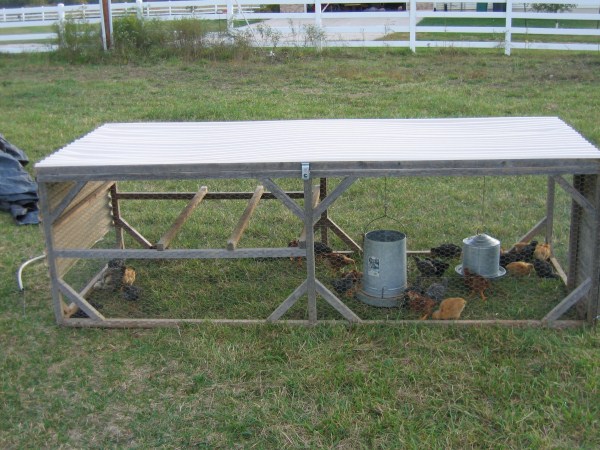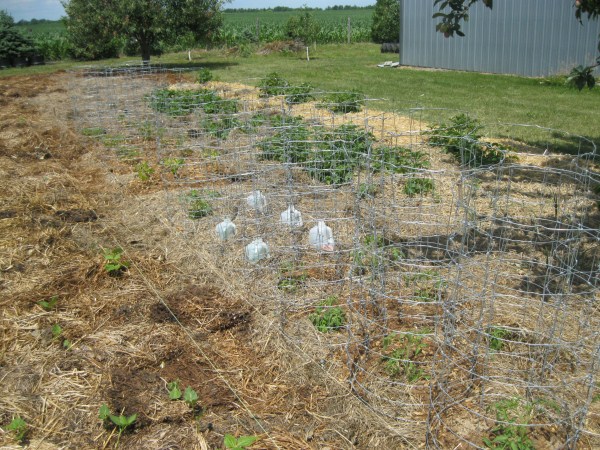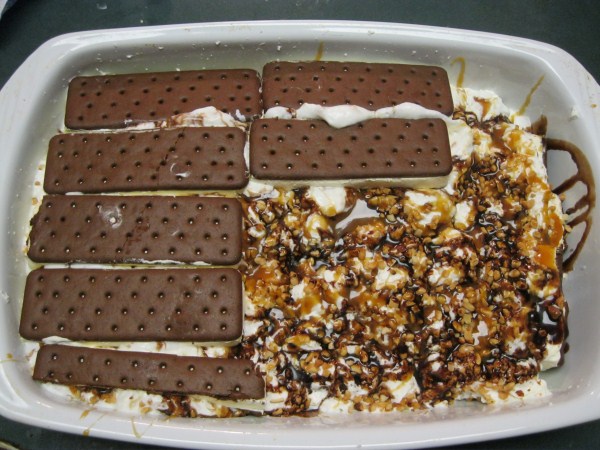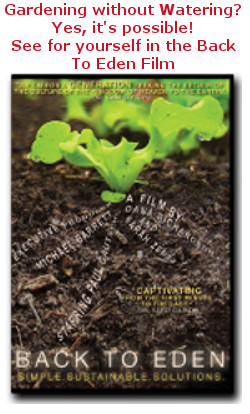After spending some time at the Brown’s and seeing Ryan’s chicken tractor, I thought I would write a post about another of my favorite country living books, “Chicken Tractor, The Permaculture Guide to Happy Hens and Healthy Soil” by Andy Lee and Pat Foreman.
This is a great, fun book for those wanting to incorporate chickens into their garden and soil building plan. Andy and Pat provide very practical steps and advice on how to grow healthy chickens and improve your soil at the same time. They also include examples and steps on how to build various types of chicken tractors.
I built my first chicken tractors using his rectangular design. The tractors are four feet wide, ten feet long and three feet high. They include roosts for laying hens and support to hang a feeder and waterer. This size of the tractor accommodates about twelve full grown laying hens. I also added a three-compartment modular nesting box that can be removed when needed.
I used this design originally to create my garden space which consists of many four-foot wide, twenty-foot long wide-row permanent beds. The chickens would scratch up the sod and weeds, eat the weed seeds, deposit fertilizer and prepare the beds for additional cultivation. We also used the tractors in other areas around the homestead.
This design works very well. The only drawback is that it is a little heavy and cumbersome to move. One person can move it with a rope and skids if there is not any additional bedding in the tractor. If I am building a deep mulch bed—as explained in the book—it takes two people to move the tractor so as not to disturb the bedding.
Have you ever used chicken tractors? What are some of your designs and uses?






















